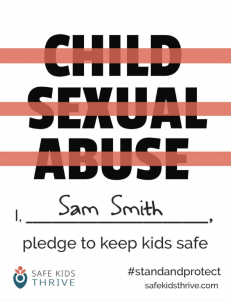Read the Report
Home / Read the Report
Home / Downloadable Resources
Downloadable Resources
- Ensuring Safe Physical Environments and Safe Technology: Checklist for Safe Environment
- Executive Summary – Steps Toward Child Abuse Prevention & Creating Safe School Environments (2024)
- Problematic Sexual Behaviors Infographic
- Problematic Sexual Behaviors in Children: A Research Overview
- Sample Self-Audit Form for YSOs
- CSA Prevention Tool for Organizations
- Steps Toward Child Abuse & Creating Safe Environments A How-to Manual for Massachusetts Educators
- Sample Electronic Communication Policy
- Guidelines for Disclosure
Previous
Page 55 of 55
- Acknowledgements
- Executive Summary
- Introduction
- How to Read This Report
- Mission & Purpose of Taskforce
- A Brief History of How the Taskforce Was Organized
- The Charge of the Legislative Language
- Key Sections
- Section 1: Developing Policies and Procedures for Child Protection
- Section 2: Screening and Background Checks for Selecting Employees and Volunteers
- Section 3: Code of Conduct and Monitoring
- Section 4: Ensuring Safe Physical Environments and Safe Technology
- Section 5: Recognizing, Responding to, and Reporting Allegations and Suspicions of Child Sexual Abuse
- Section 6: Training About Child Sexual Abuse Prevention
- Additional Considerations
- Applying the Framework: A Five-Year Plan
- Appendices
- Section-Specific Appendices
- Downloadable Resources

Take the Pledge to Keep Kids Safe
Join us and commit to learning how you can protect the children you serve.
Sign Up to Access Your Learning Center
Customized child sexual abuse prevention guidelines to meet the unique needs of any organization that serves children.
- Evidence-informed guidance
- Actionable prevention steps
- Keeps track of your progress
- Tailored learning tracks


